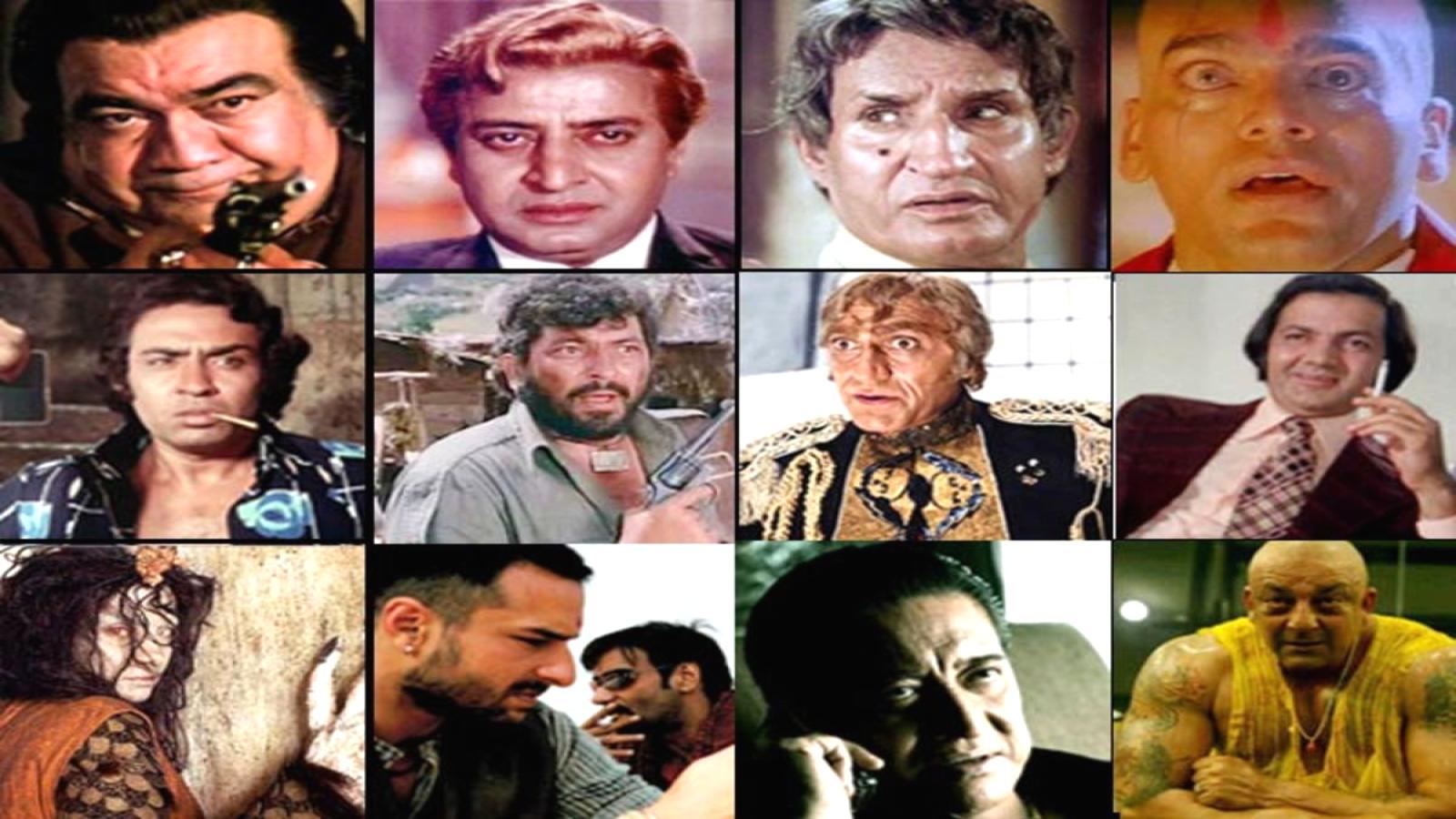In the vibrant world of Bollywood cinema, villains have always held a special place, captivating audiences with their charisma, charm, and malevolence. From the iconic black-and-white antagonists of the classic era to the morally complex characters of today, the evolution of Bollywood villains mirrors the changing landscape of Indian society and cinema. Join us as we delve into the fascinating journey of Bollywood’s most memorable villains and discover how they have shaped the stories we love.
The Classic Era: Timeless Antagonists
The portrayal of villains in Bollywood began in the 1950s and 1960s with larger-than-life characters that represented societal struggles. Films like Mughal-e-Azam and Mother India introduced unforgettable villains who embodied oppression and injustice.
In Mother India, the character of Sukhilala, portrayed by Raaj Kumar, stands out as a quintessential antagonist, representing exploitation and cruelty. His ruthless actions against the protagonist, Radha, highlight the fight against societal oppression, resonating deeply with audiences navigating post-independence India.
The Rise of the Anti-Hero: 1970s and 1980s
As Bollywood transitioned into the 1970s and 1980s, the nature of villains began to evolve with the emergence of the anti-hero. Characters like Gabbar Singh from Sholay became icons, blending menace with charisma. Played by Amjad Khan, Gabbar’s blend of ruthless charm and memorable dialogue redefined the Bollywood villain.
This era also introduced more relatable antagonists, as seen in films like Disco Dancer, where Mithun Chakraborty’s character showcased the complexities of villainy intertwined with personal vendettas, making them more human and engaging.
The 1990s: Melodrama and Exaggeration
The 1990s brought a wave of melodrama, leading to exaggerated portrayals of villains. With films like Baazigar, audiences witnessed the rise of morally ambiguous characters such as Vicky Malhotra, played by Shah Rukh Khan. This decade was marked by villains with tragic backstories, adding depth to their motivations.
Villains like Shiv Kumar (Akshay Kumar) in Khiladi embodied flamboyance, often delivering catchphrases that turned them into cultural icons. This transformation illustrated how Bollywood blended entertainment with the art of villainy, making characters memorable and impactful.
The New Millennium: Complexity and Depth
With the dawn of the new millennium, Bollywood began to explore more nuanced portrayals of villains. The rise of films like Dhoom and Race introduced sophisticated characters who navigated moral grey areas. Antagonists like Siddharth (Hrithik Roshan in Dhoom 2) showcased charm, intelligence, and charisma, making them compelling adversaries.
Psychological depth became a hallmark of modern villains. In Raaz, the antagonist’s actions are driven by unresolved trauma, reflecting the complexity of human emotions and motivations. This era marked a departure from the simplistic good-versus-evil narrative, inviting audiences to empathize with villains while questioning their morals.
The Contemporary Era: Redefining Villainy
Today’s Bollywood villains are more relatable and multifaceted. With the rise of streaming platforms, filmmakers have the freedom to develop rich character arcs. In Andhadhun, the antagonist, portrayed by Ayushmann Khurrana, operates within morally ambiguous territory, blurring the lines between hero and villain.
Female villains have gained prominence as well. Characters like Simi (Simi Garewal in Karma) and Naina (Kangana Ranaut in Queen) challenge traditional norms, showcasing the complexities of femininity and the fight against patriarchal constraints.
What Lies Ahead for Bollywood Villains?
The future of Bollywood villains looks promising, with audiences demanding deeper storytelling and more relatable characters. The modern antagonist is no longer a mere obstacle but a catalyst for the protagonist's growth. As filmmakers continue to push boundaries and explore social themes, the portrayal of villains will likely evolve further, challenging viewers to confront their beliefs.
The evolution of Bollywood villains reflects the changing dynamics of Indian society and culture. From the tyrants of yesteryears to today’s morally complex characters, Bollywood’s antagonists invite us to engage with stories that challenge conventional notions of good and evil. They captivate audiences and enrich narratives, ensuring that Bollywood villains will continue to be a vital part of cinematic storytelling for generations to come.
